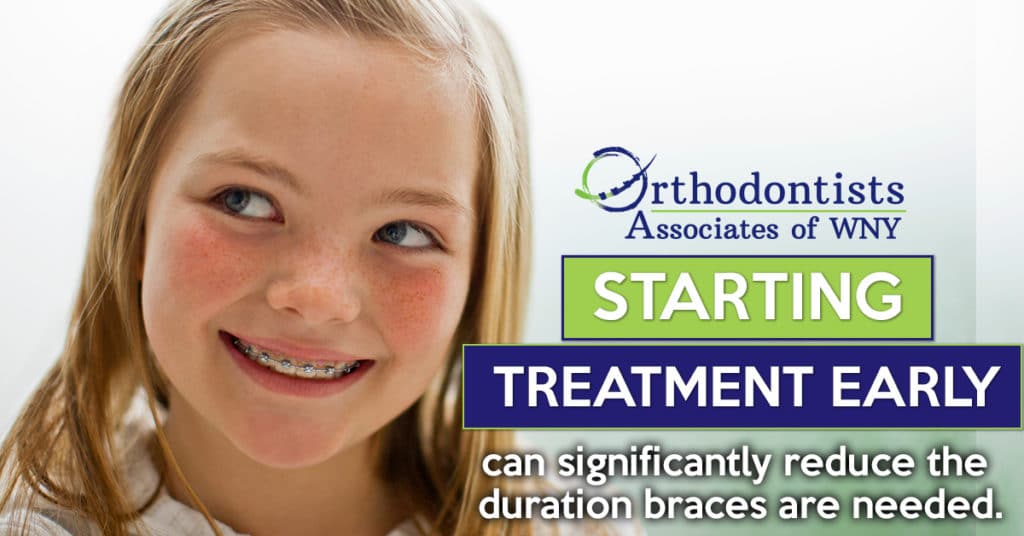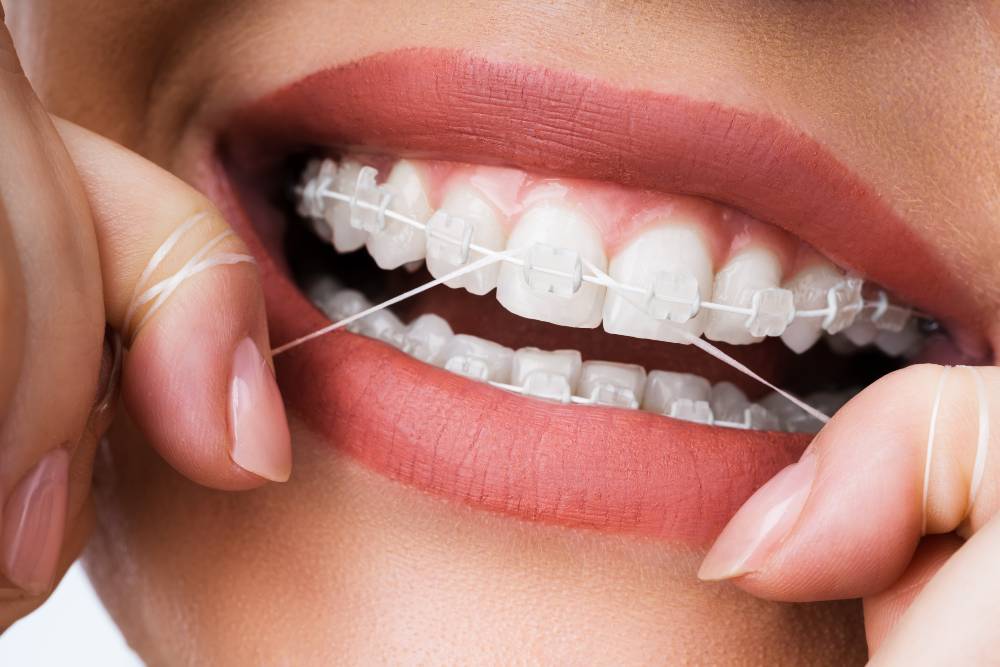Legacy Orthodontics Can Be Fun For Everyone
Legacy Orthodontics Can Be Fun For Everyone
Blog Article
Our Legacy Orthodontics Diaries
Table of ContentsAll About Legacy OrthodonticsExcitement About Legacy Orthodontics3 Simple Techniques For Legacy OrthodonticsThe Definitive Guide for Legacy OrthodonticsLegacy Orthodontics for Beginners
At Advanced Orthodontics, we offer individuals with a alternative treatment experience. In addition, we provide adjustable treatment routines, versatile repayment alternatives and an enjoyable, satisfying experience. orthodontics. Call ( 480) 357-4900 today for more details and schedule a visit.An orthodontist is a dental professional trained to identify, avoid, and treat teeth and jaw irregularities. Orthodontists work with people of all ages, from children to grownups.
Malocclusion, or misaligned teeth, can bring about oral issues, consisting of tooth decay, periodontal illness, and tough or excruciating eating. But not every person is born with straight teeth. If you have a bad bite or huge areas in between your teeth, you might desire to get in touch with a dental practitioner focusing on orthodontic care.
The Legacy Orthodontics Diaries
( Image Credit Rating: DigitalVision/Getty Images) Orthodontists use fixed and detachable dental devices, like braces, retainers, and bands, to alter the setting of teeth in your mouth. Orthodontic therapy is for oral irregularities, including: Misaligned teethBite issues, like an overbite or an underbiteCrowded teeth or teeth that are as well far apartJaw misalignmentThe goal of orthodontic treatment is to boost your bite.
While you might think of orthodontists as primarily for kids or teens that require dental braces, they can deal with oral troubles at any age. Orthodontists attend university, oral school, and orthodontic college.
All orthodontists are dental experts, but not all dental professionals are orthodontists. Orthodontic residency programs offer extensive, concentrated direction for dental professionals. They concentrate on 2 areas: Just how to appropriately and safely move teeth Exactly how to effectively assist growth in the teeth, jaw, and faceOnce an orthodontist has actually finished training, they have the choice to end up being board accredited.
Some Known Facts About Legacy Orthodontics.
Imbalance, or malocclusion, is one of the most common reason individuals see an orthodontist. It is hereditary and is the result of size differences between the upper and lower jaw or between the jaw and teeth. Malocclusion results in tooth congestion, a misshapen jaw, or uneven bite patterns. Malocclusion is typically treated with: Your orthodontist affixes steel, ceramic, or plastic square bonds to your teeth.
If you have just minor malocclusion, you may be able to make use of clear dental braces, called aligners, rather of typical braces (https://www.4shared.com/u/B74XyKlV/brianmccune20176.html). Some people need a headgear to aid relocate teeth into line with pressure from outside the mouth. After braces or aligners, you'll need to use a retainer. A retainer is a custom-made device that maintains your teeth in location.
They're usually utilized on kids. They can create extra room in the mouth without needing to pull teeth. If you have a severe underbite or overbite, you could require orthognathic surgical procedure (additionally called orthodontic surgical procedure) to extend or reduce your jaw. Orthodontists utilize cords, medical screws, or plates to sustain your jaw bone.
You might need to see an orthodontist if you have: Crowding or not adequate area for all of your teethOverbite, when your upper teeth come by your base teethUnderbite, when your bottom teeth are also much forwardSpacing or concerns with gapsCrossbite, which is when your upper teeth fit behind your base teeth when your mouth is closedOpen bite or an upright space between your front bottom and top teethMisplaced midline, when the center of your base and upper teeth do not line up Correcting an oral malocclusion can: Make biting, eating, and speaking easierImprove the balance of our face and your general appearanceEase discomfort from temporomandibular joint problemsSeparate your teeth and make them much easier to clean up, helping prevent tooth degeneration or cavities It's often a dental professional that initially notifications misaligned teeth during a regular test.
Legacy Orthodontics Things To Know Before You Get This

Throughout your initial orthodontic consultation, you'll likely have: An oral examPhotos taken of your face and smileDental X-raysPanoramic (360 level) X-rays of your face and headImpressions to develop mold and mildews of your teethThese tests will assist your orthodontist know how to wage your therapy. leesburg braces. An orthodontist is a dental expert who's had training to treat your teeth and jaw
Orthodontists may do surgical treatment, exams,X-rays,and more to aid you obtain an extra comfy, healthier smile. An orthodontist is concentrated on your bite, so something like a broken tooth would be taken care of by a dental practitioner. Orthodontists are dentists however not all dental experts are orthodontists. Orthodontists are focused on your bite, or the way your teeth fit with each other, and the straightness of your teeth.
Ever before questioned just how celebs constantly seem to have flawlessly lined up teeth? The solution usually hinges on the proficient hands of an orthodontist. However just what does an orthodontist do? Orthodontists are oral specialists that focus on correcting abnormalities in the teeth and jaws. Their know-how goes past simply developing a stunning smile; it reaches improving your general dental health and wellness and function.
Some Known Details About Legacy Orthodontics

, orthodontists have a diverse toolkit at their disposal. These tried-and-true dental braces use a system of braces adhered to the teeth and linked by cords.
These detachable trays are tailor-made to considerably move the teeth's position. In cases of narrow jaws, palatal expanders can be used to develop area for proper tooth alignment.
Report this page